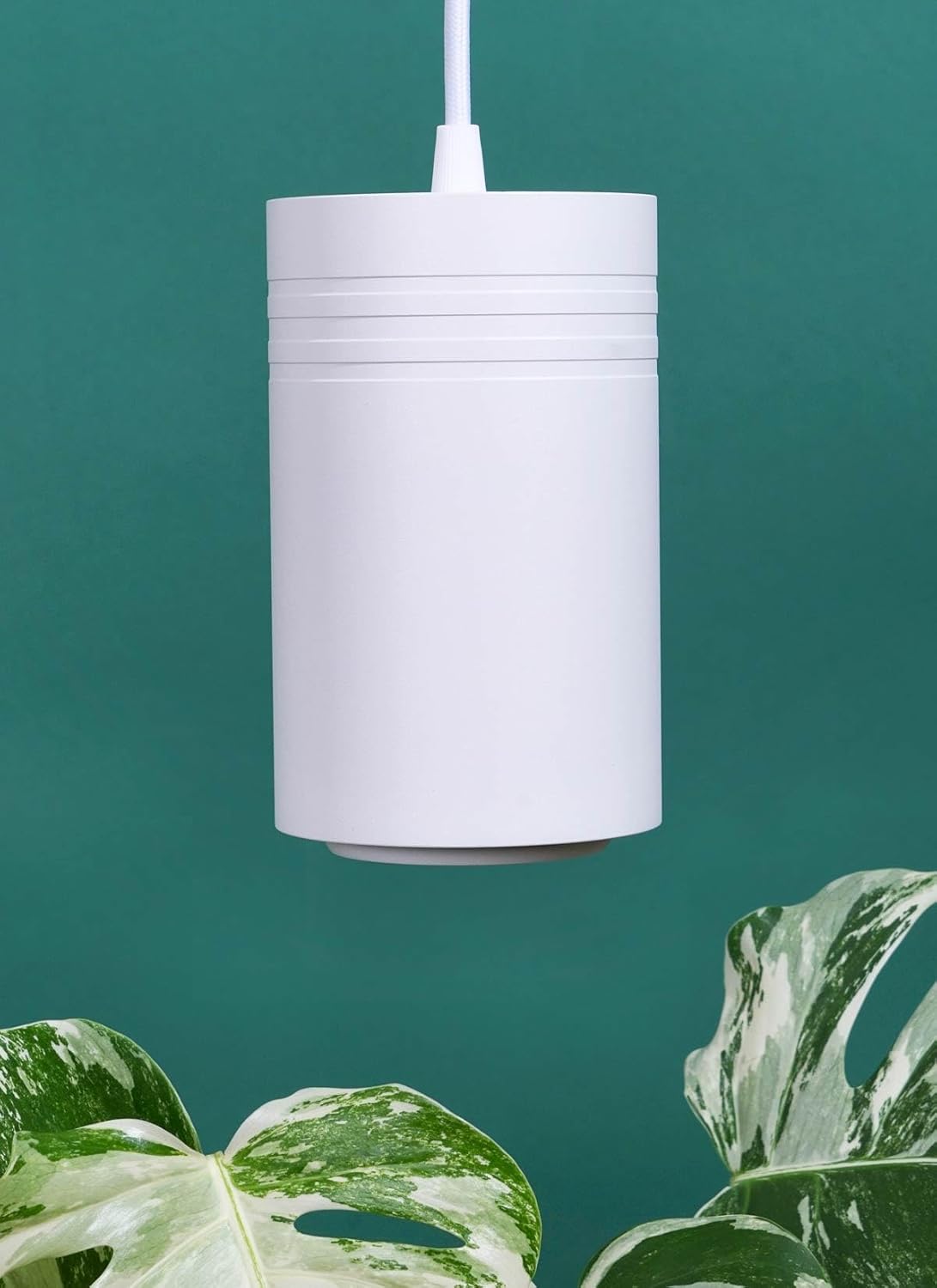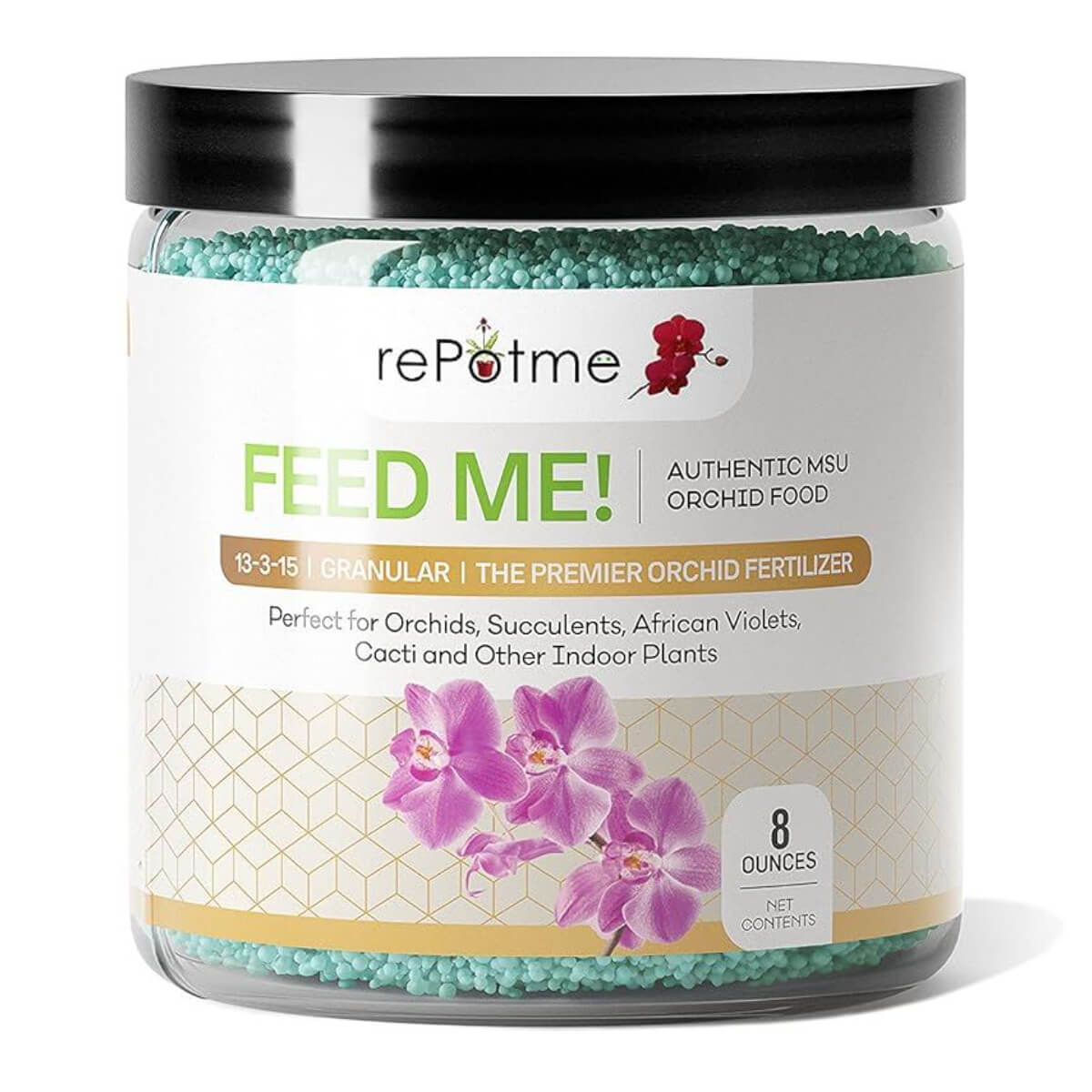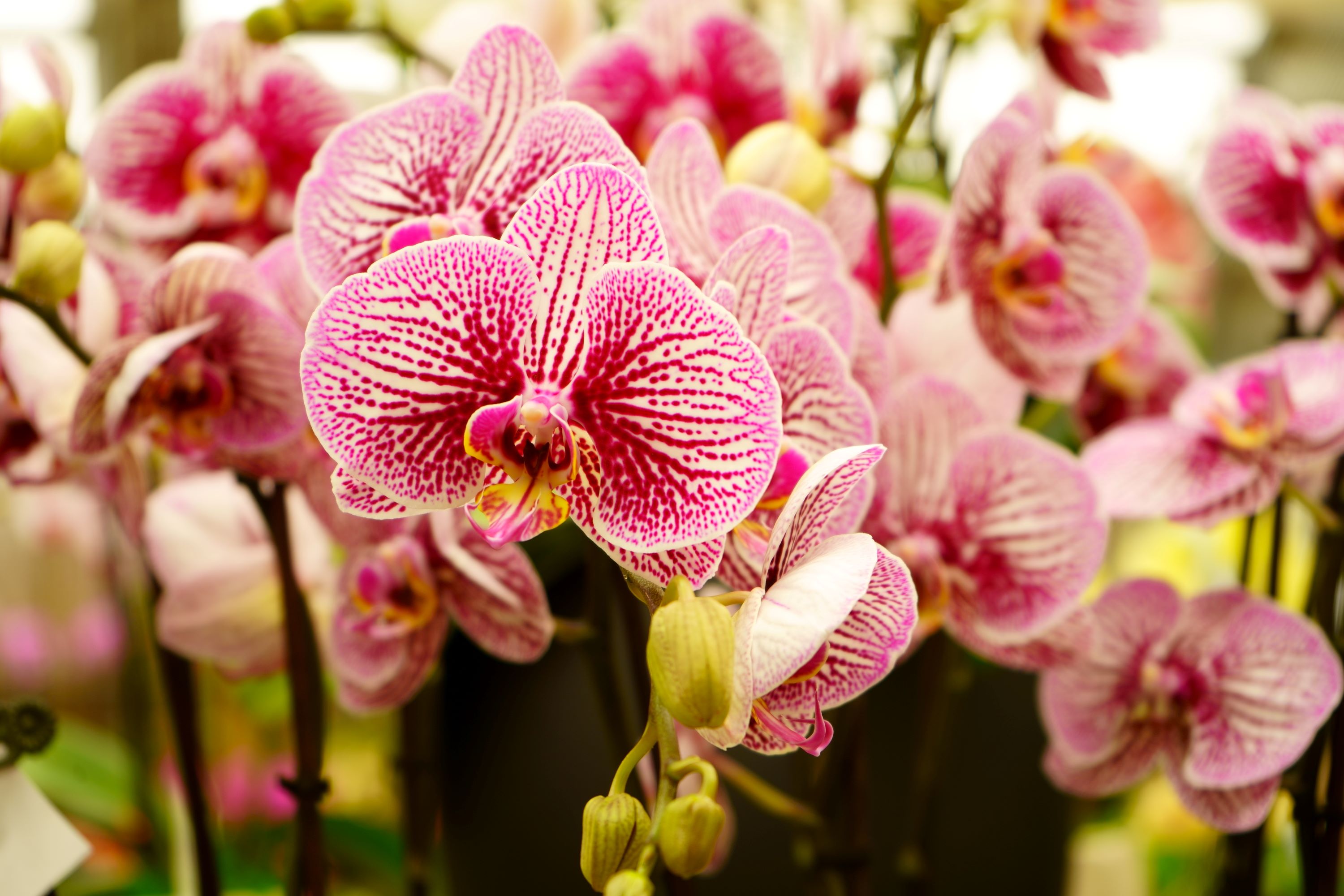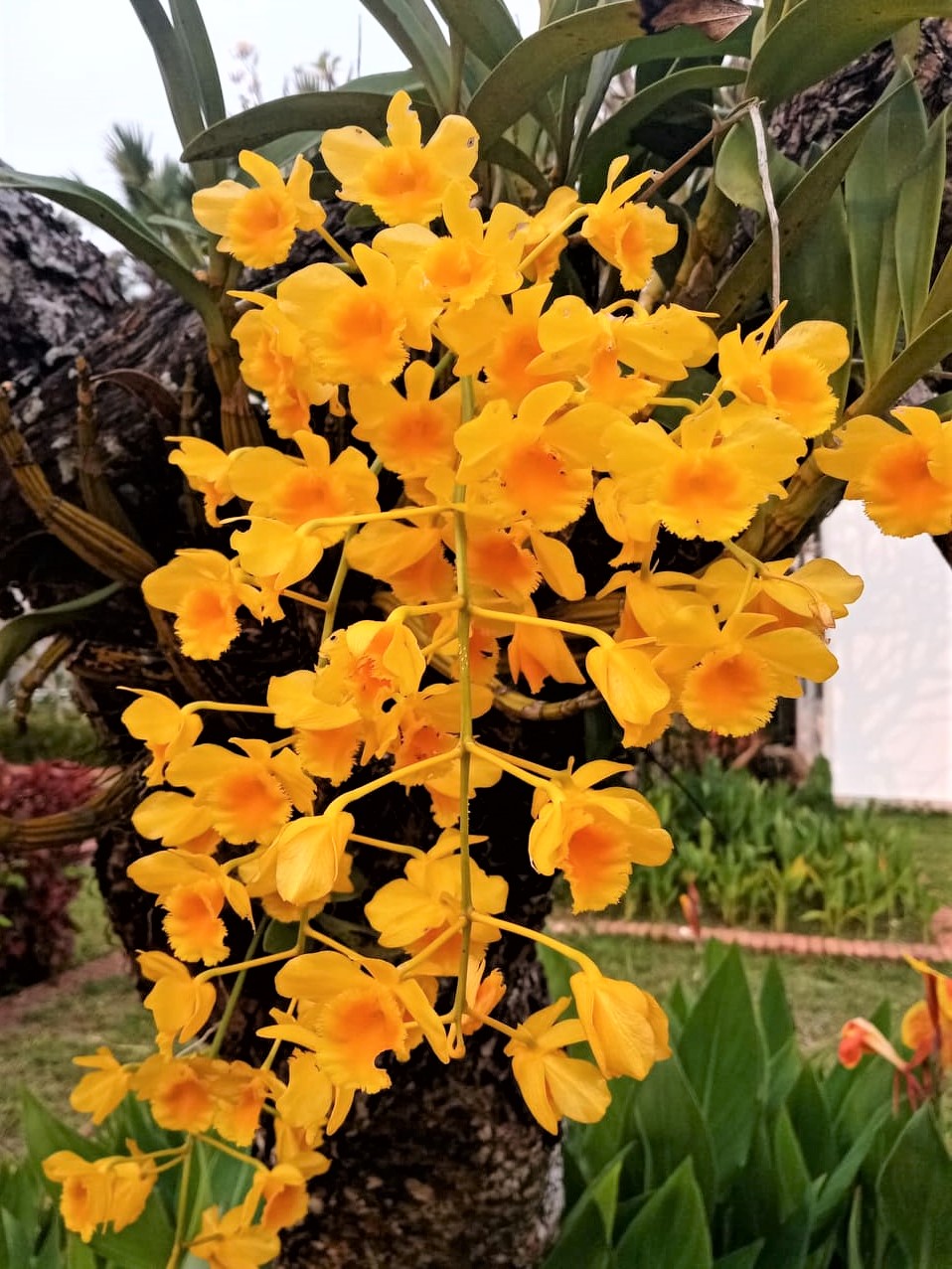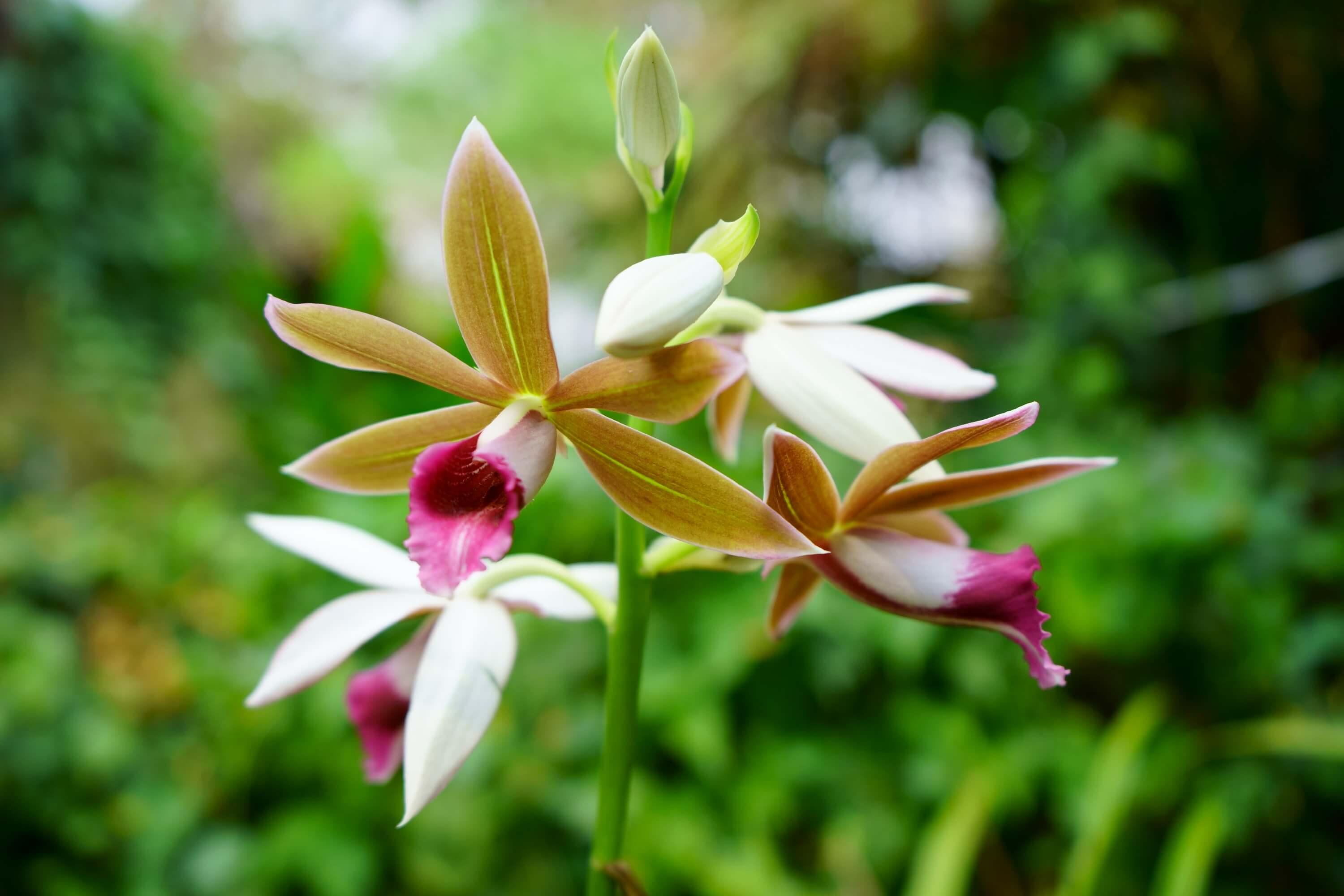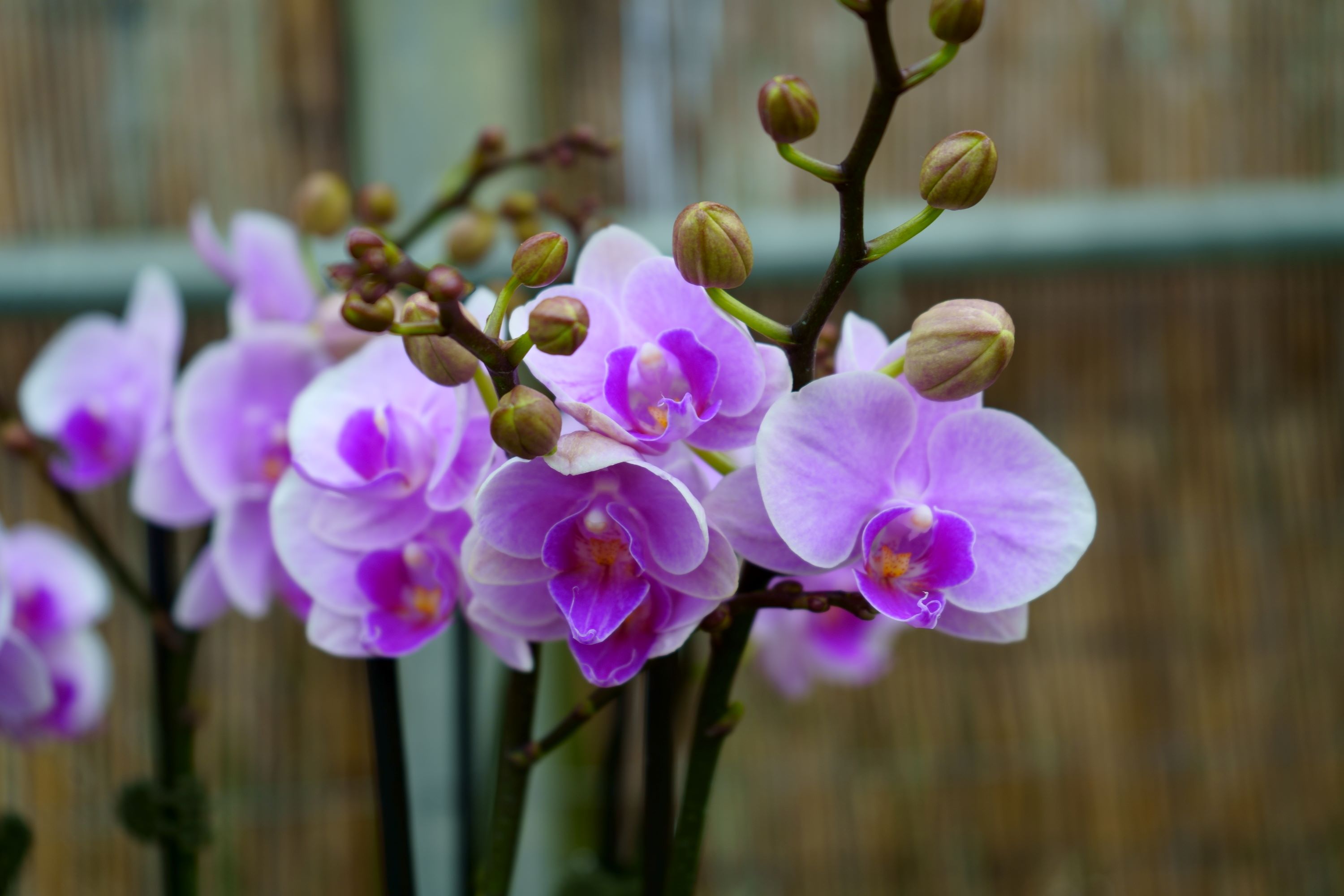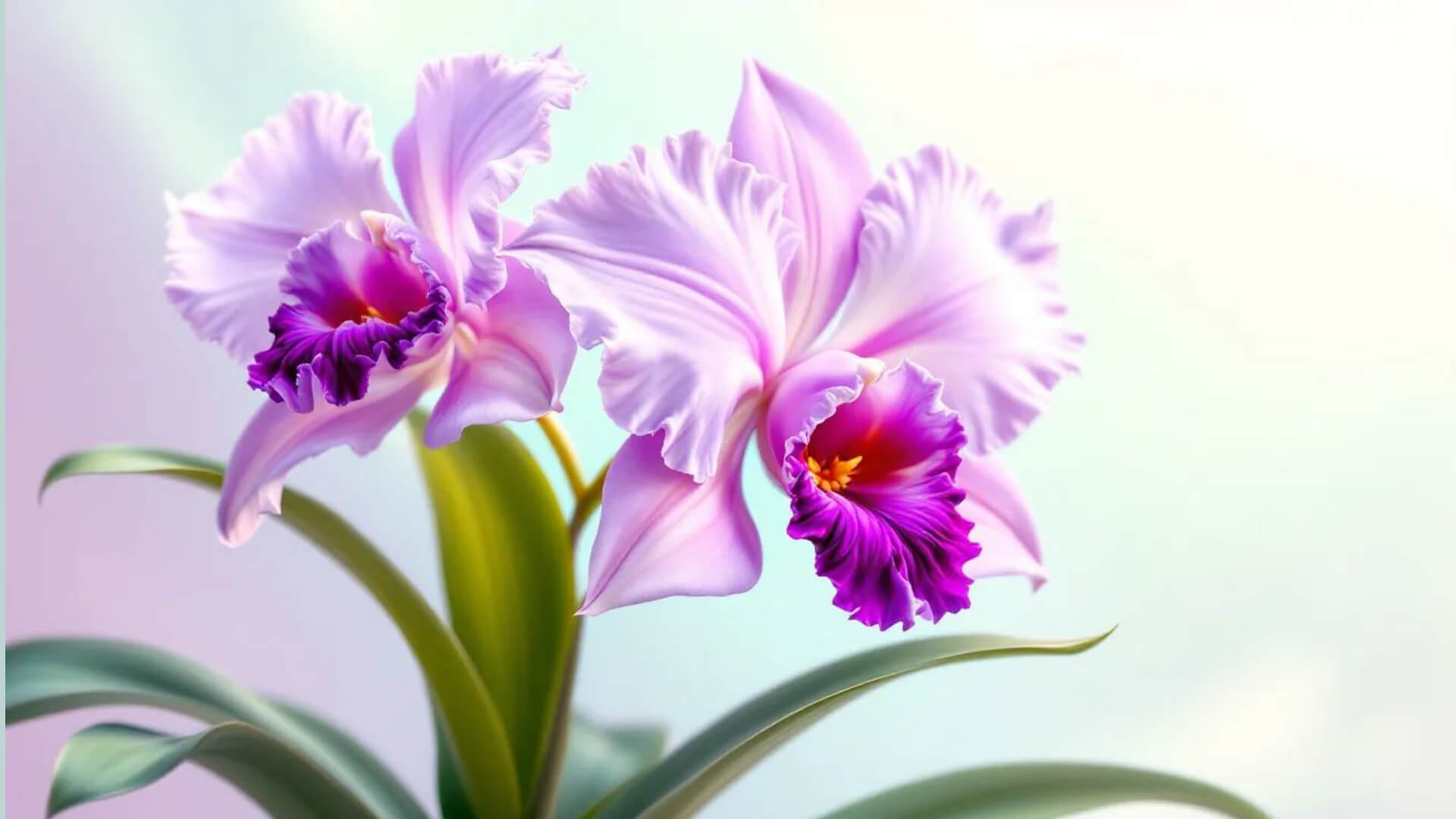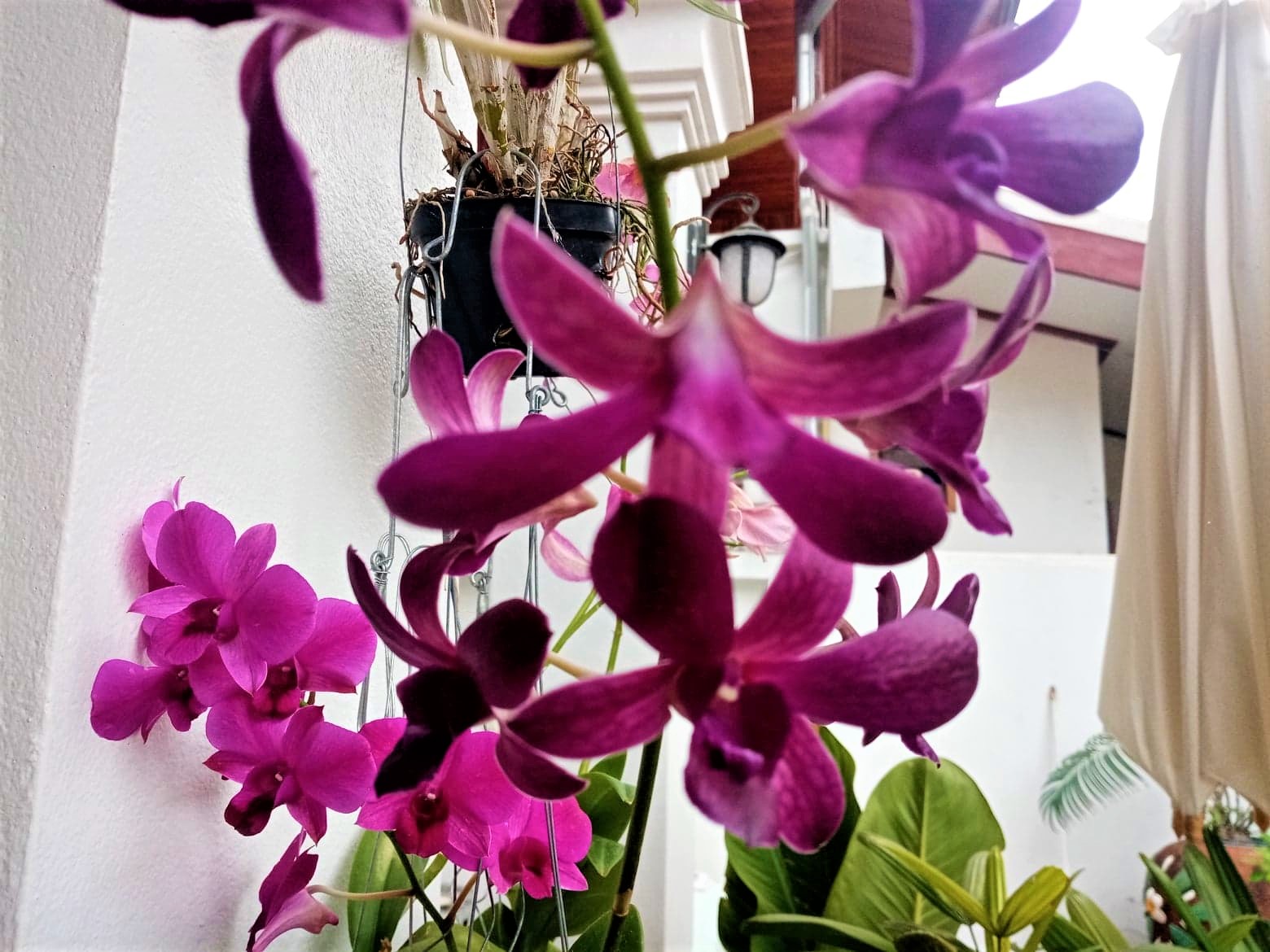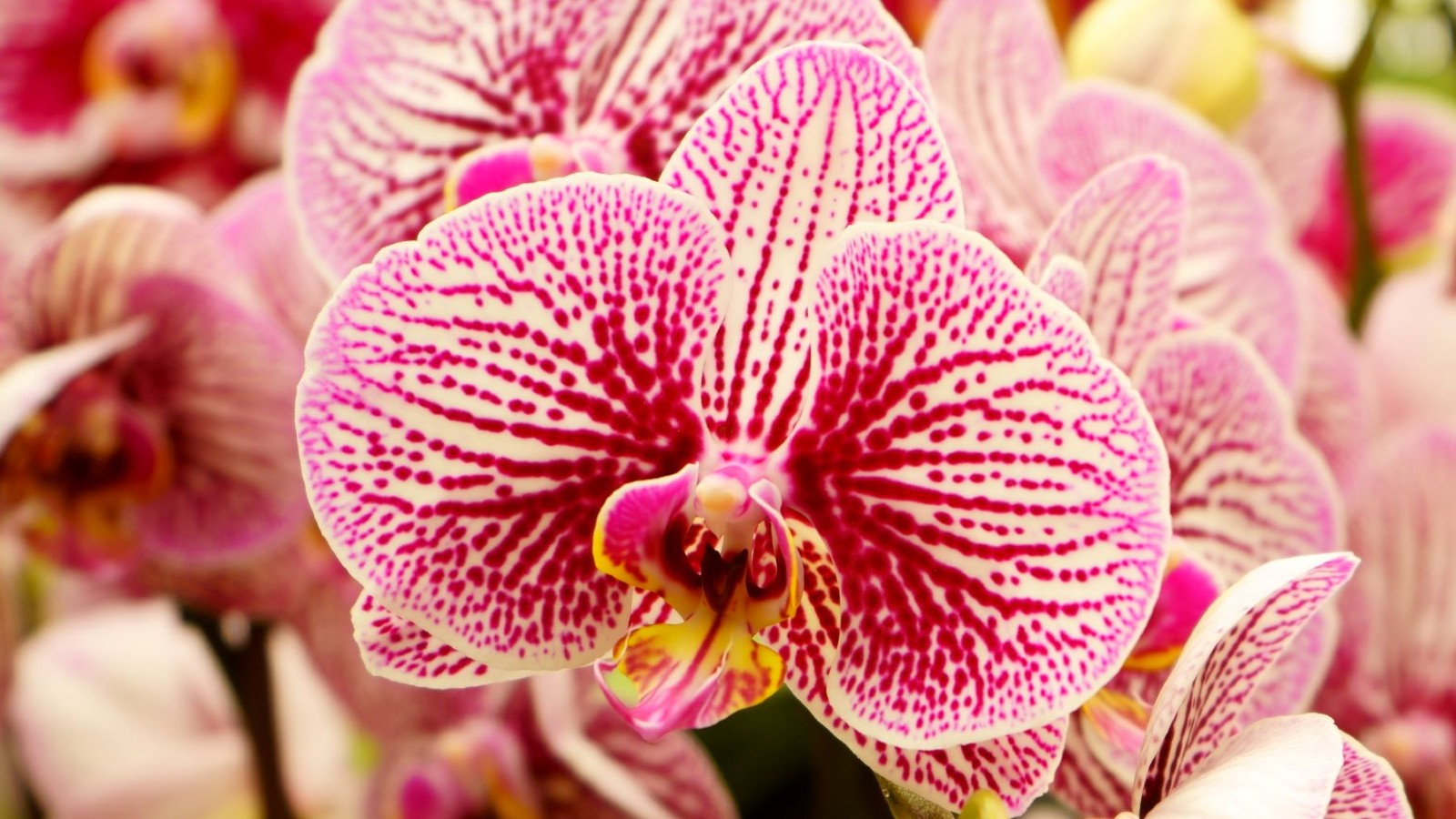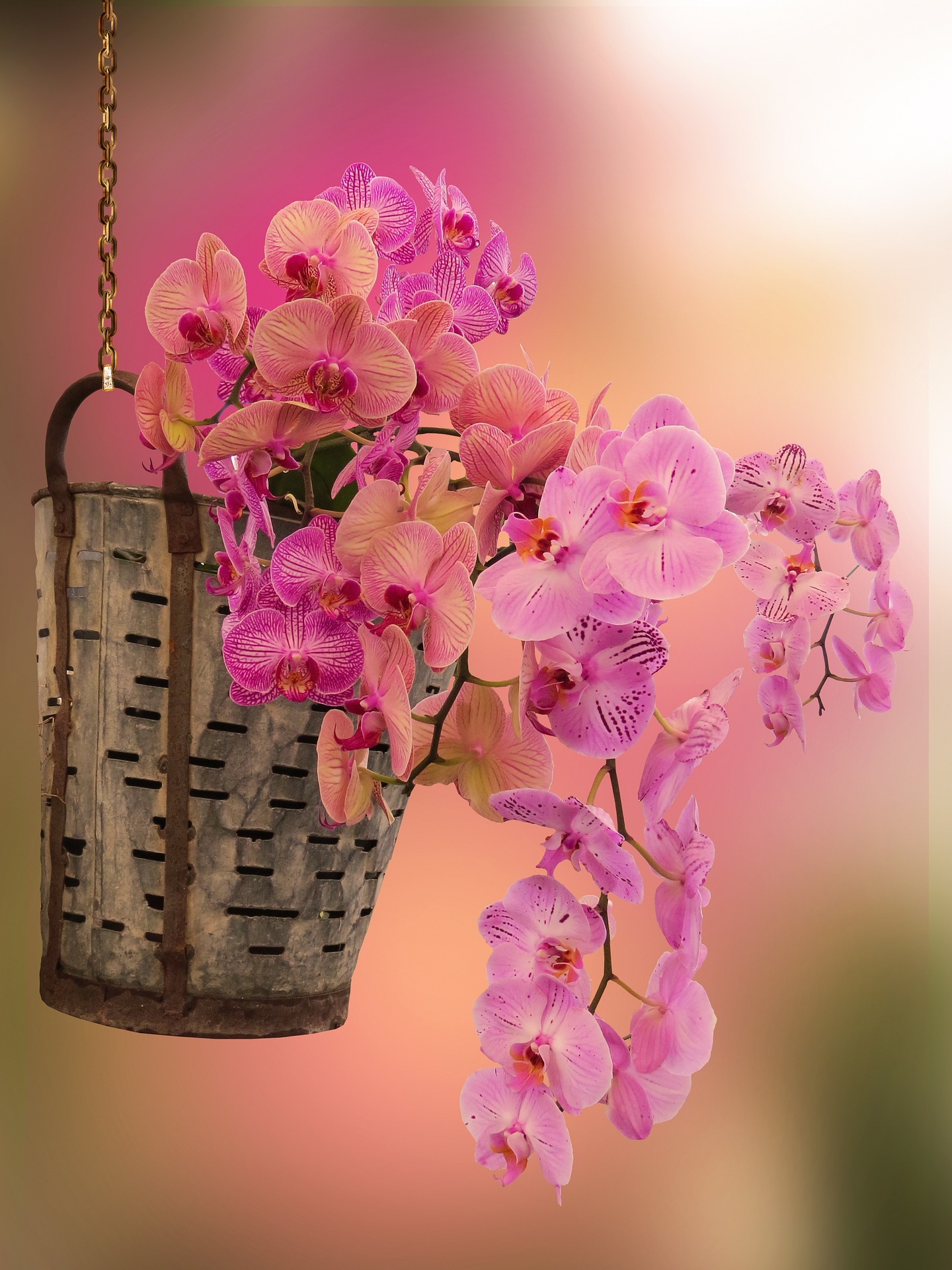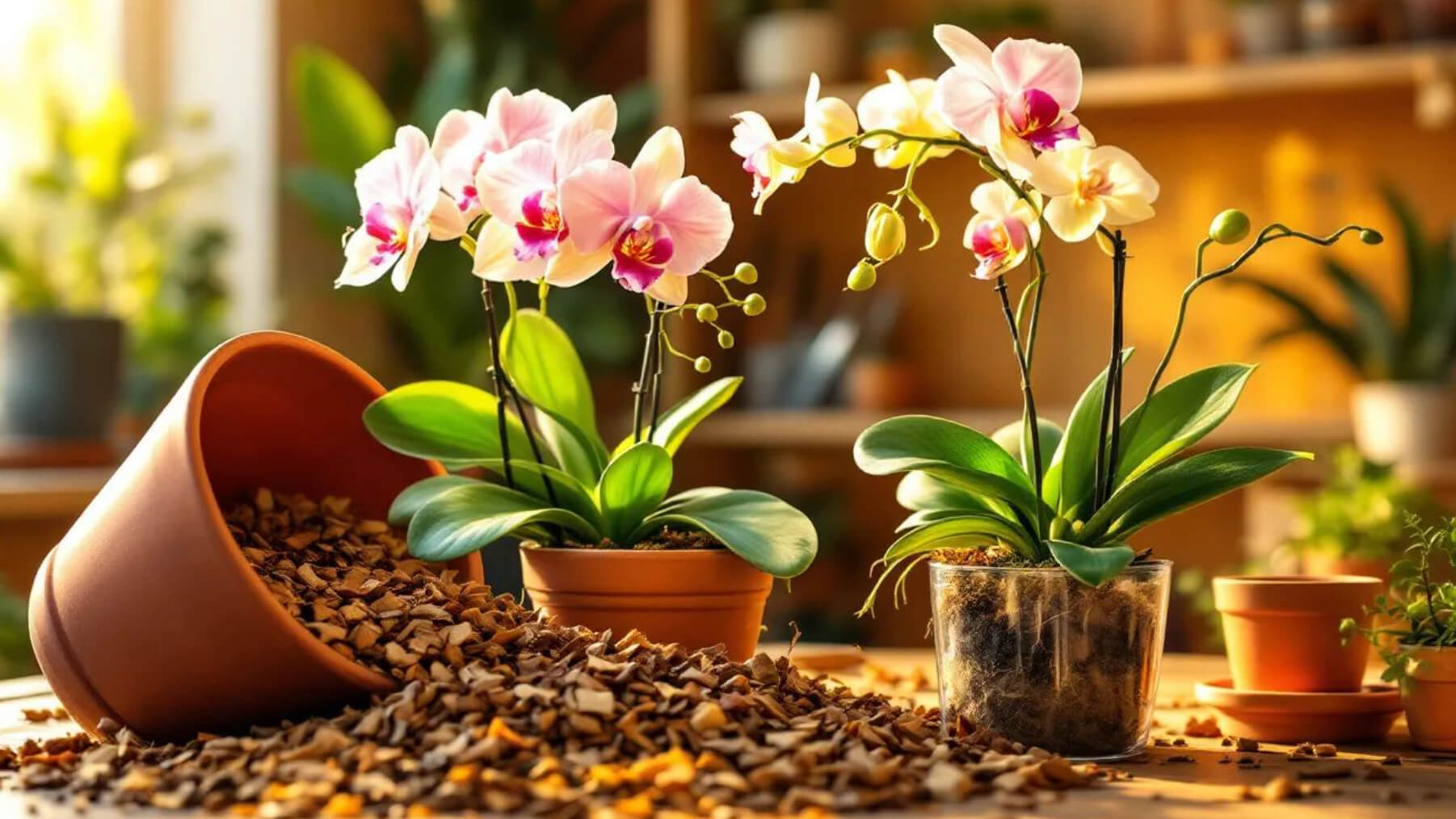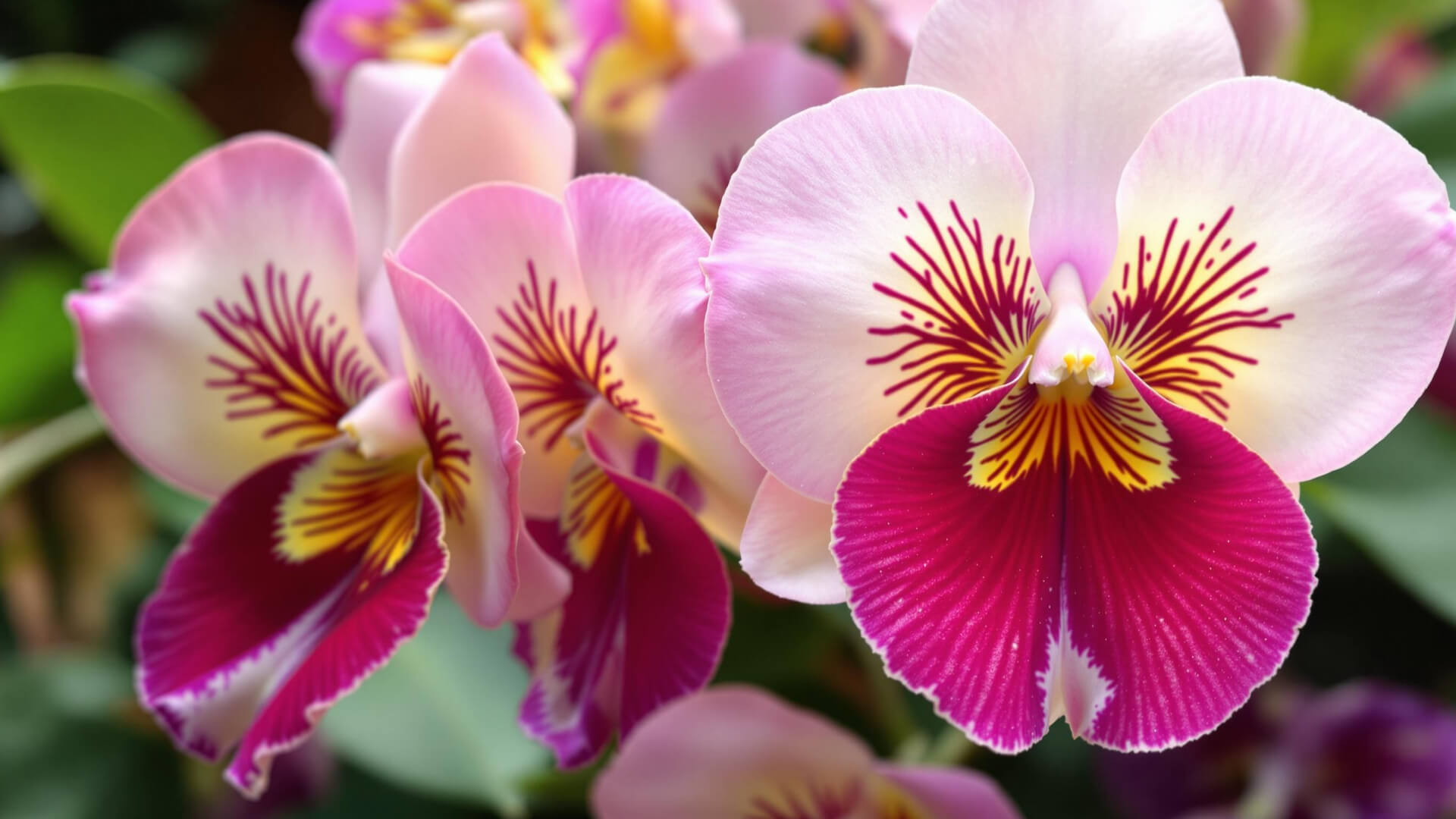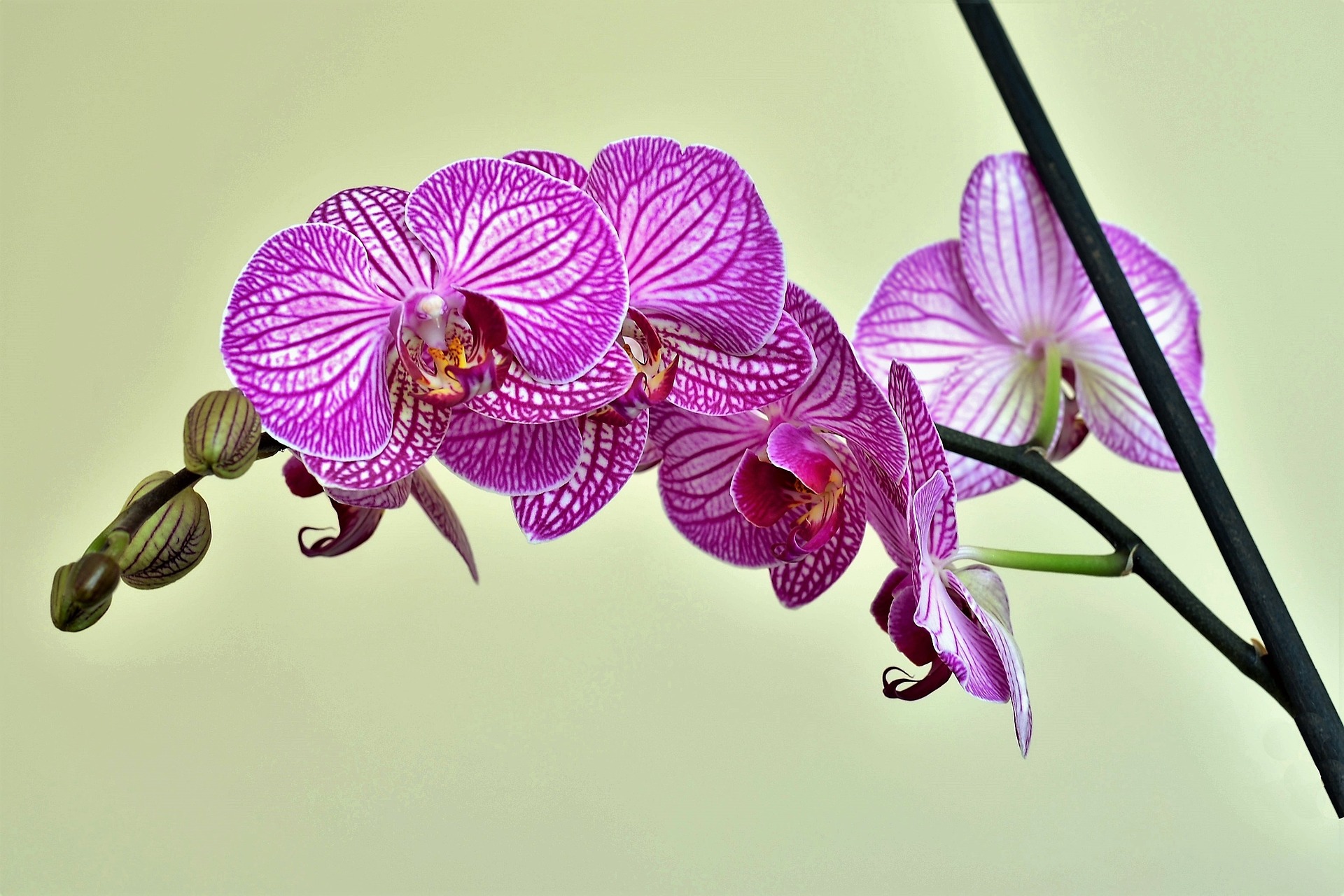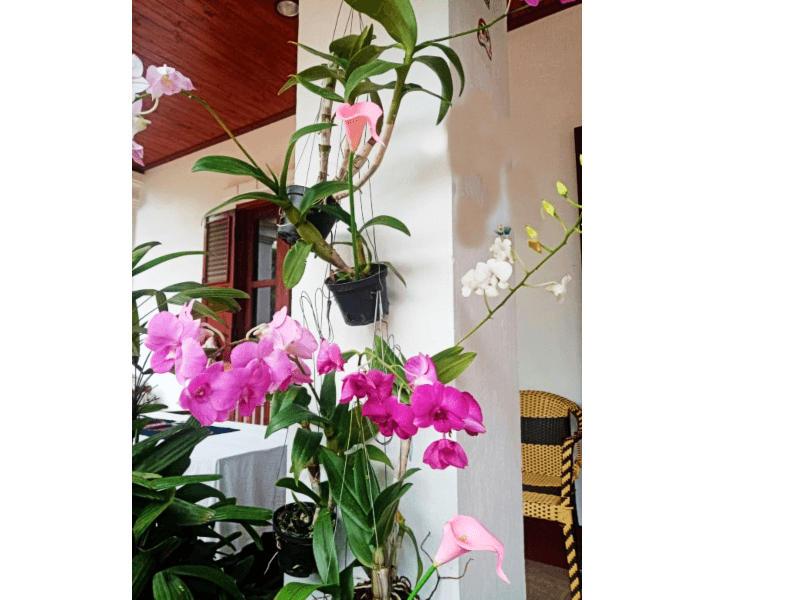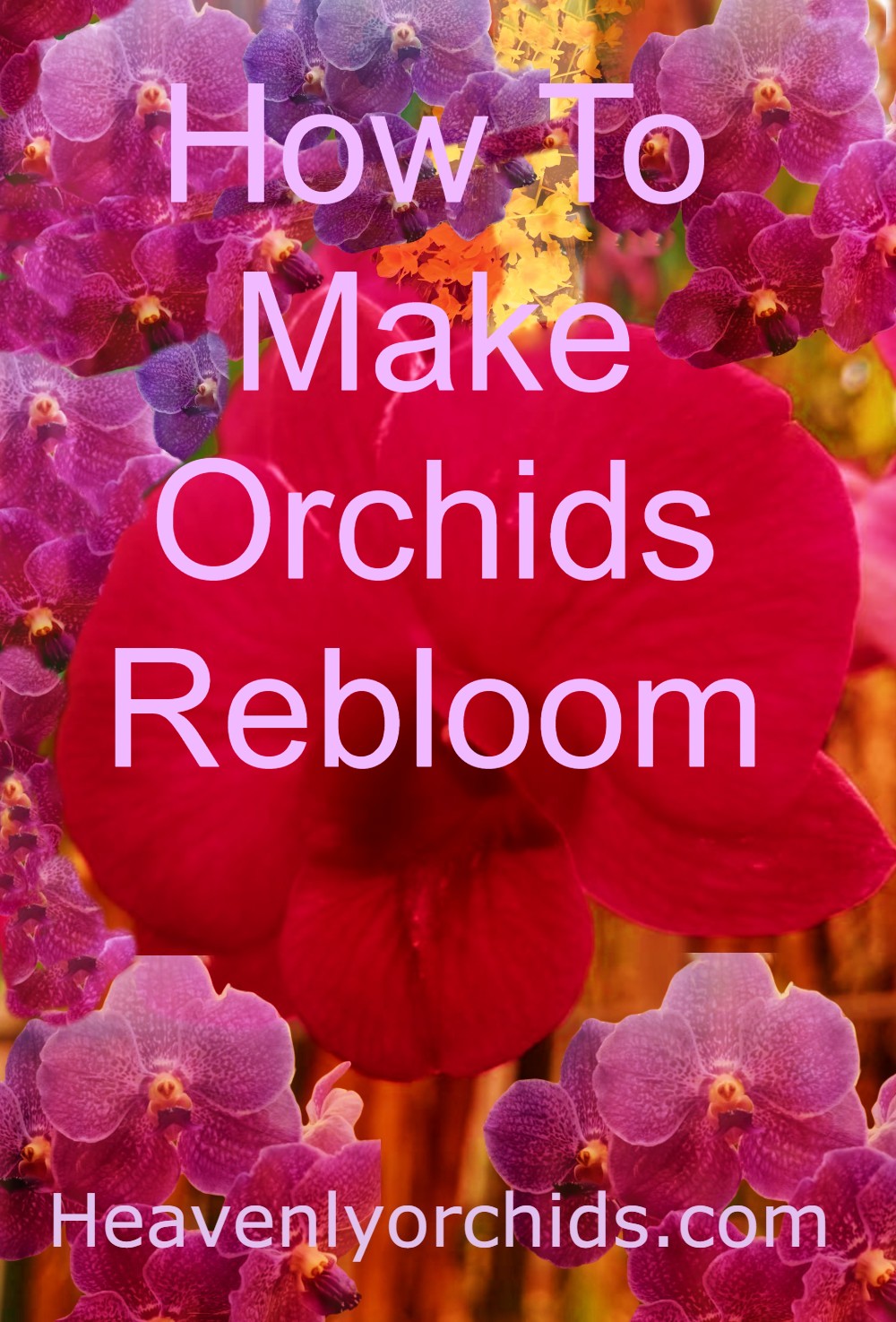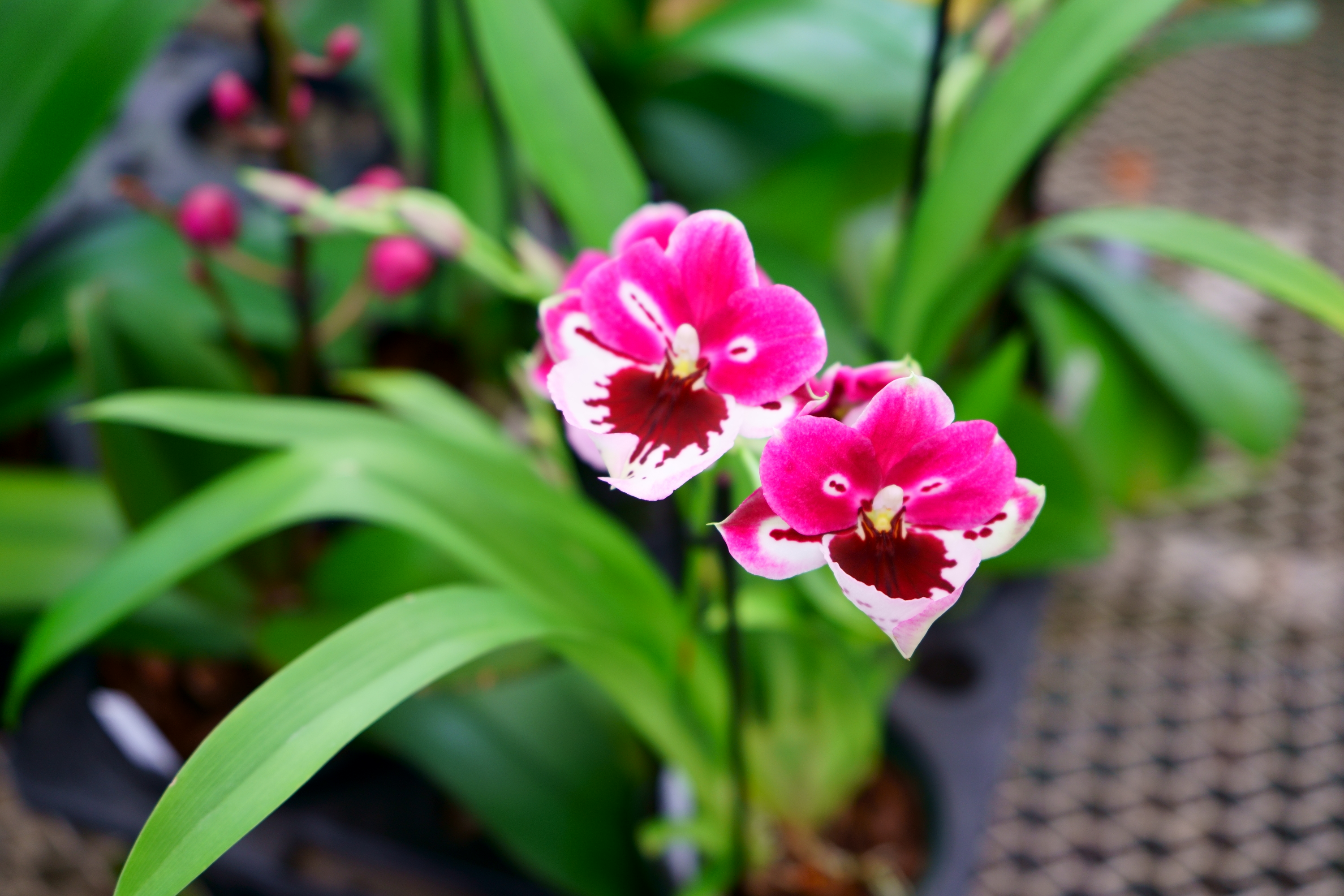How to Make Orchids Rebloom: A Complete Guide to Reviving Your Blooms
Orchids are among the most exotic and rewarding plants to grow but getting them to rebloom can sometimes feel like a mystery. The good news? With the right care, you can encourage your orchids to bloom again and again. In this guide, we’ll explore how to make orchids rebloom by focusing on light, fertilizer, temperature, and water. Plus, we will share some helpful products to enhance your orchid care routine and create the perfect environment for your plants to thrive
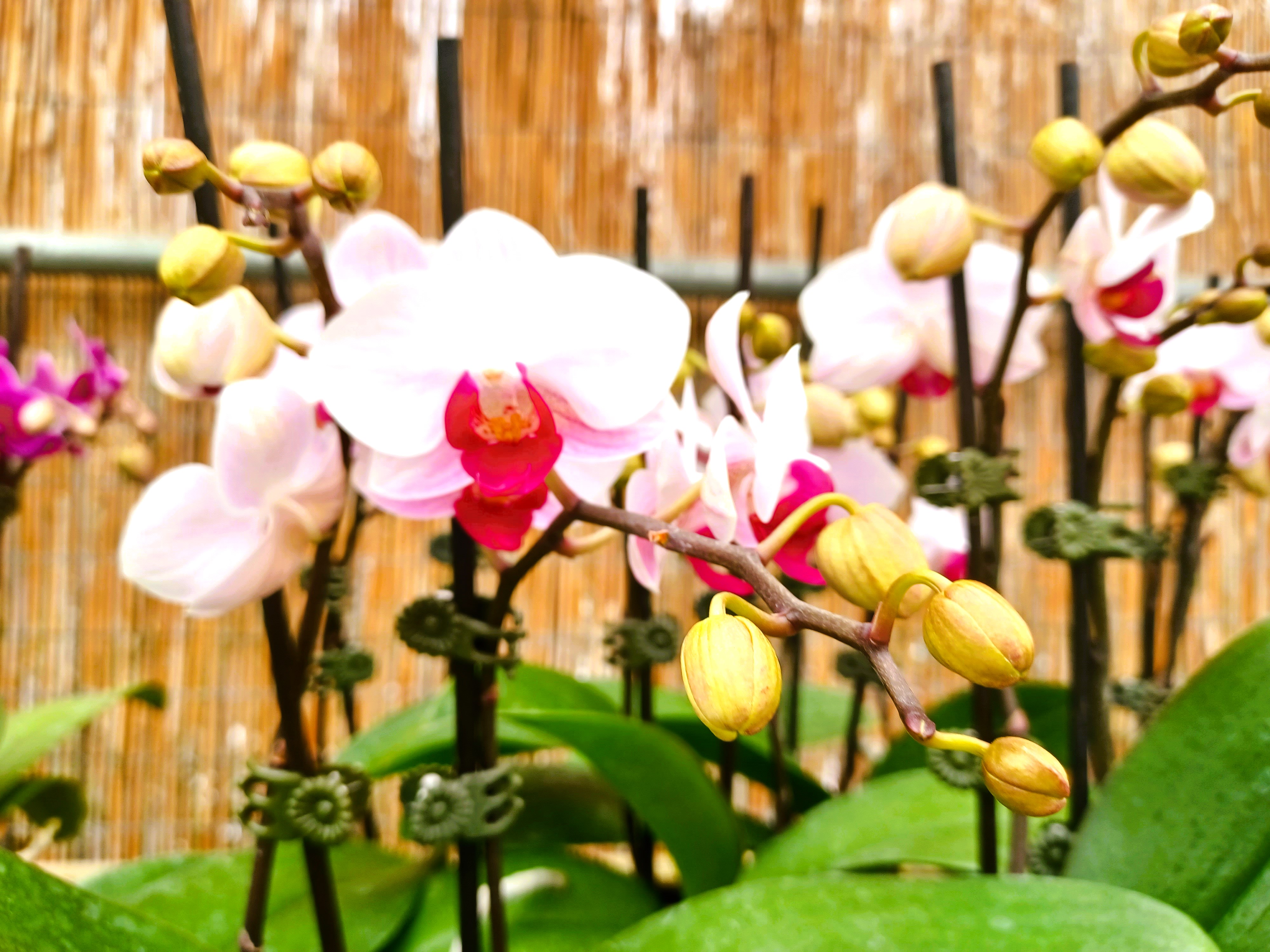
Heavenly Orchids participates in affiliate marketing programs, which means we may earn commissions on qualifying purchases made through our links. We only recommend products we genuinely believe in.
Want Healthier Orchids? Get Your Free Care Guide Now!
Why Won’t My Orchid Rebloom?
Before diving into the specifics, it’s important to understand that orchids are sensitive to their environment. If one of the key conditions—light, fertilizer, temperature, or water—isn’t ideal, your orchid may struggle to produce new blooms. Different species have different needs, so tailoring your care to your orchid’s specific requirements is crucial
How to Make Orchids Rebloom: Tips for Perfect Lighting
Light is one of the most important factors in getting your orchids to rebloom. Different species have different light requirements:
- Phalaenopsis orchids thrive in bright, indirect light. Think of the light you’d find under a tree canopy—bright but shaded.
- Vandas and Cattleyas, on the other hand, prefer very bright conditions and may need more light to trigger flowering.
- Avoid direct sunlight, especially during the hottest parts of the day. Direct sun can scorch orchid leaves and cause irreversible damage.
- Use sheer curtains or place your orchids near a north- or east-facing window to provide filtered light.
- If natural light is insufficient, consider using supplemental grow lights. LED grow lights are energy-efficient and provide the full spectrum of light your orchids need to thrive.
Recommended Product:
LED Grow Light for Indoor Plants – Perfect for providing the right amount of light to encourage reblooming.
Aspect World's First Decor Grow Light - Large White Luxury LED Grow Light – for Medium and Large Plants. Optimal Plant Growth & Aesthetic Lighting. Versatile Placement, Easy Setup. Durable & Elegant Design.
Hand-built in the USA.
How to Make Orchids Rebloom: Choosing the Right Fertilizer
Fertilizing your orchids is essential for providing the nutrients they need to produce new blooms. Orchids require a balanced mix of calcium, nitrogen, potassium, and phosphorus, as well as trace micronutrients.
- Use a nitrate-based nitrogen fertilizer designed specifically for orchids. Avoid fertilizers with ammonium or urea-based nitrogen, as these can harm your plants.
- A balanced NPK fertilizer (e.g., 20-20-20) with added micronutrients is ideal for most orchids.
- Dilute the fertilizer to 1/4 strength and apply it weekly. For example, if the recommended dosage is 2 tablespoons per gallon, use just 1.5 teaspoons instead.
Recommended Product:
Orchid Fertilizer with Micronutrients – A trusted formula for promoting healthy growth and vibrant blooms. You can learn more about fertilizing here.
- Tailored for Orchids Specifically formulated by Michigan State University
- Pure Water Compatibility
- Balanced Nutrient Profile
- Urea-Free Formula
- Versatile and Easy to Use
Kelp and Seaweed Supplements
Sometimes, even with perfect care, orchids need an extra boost. Many growers swear by kelp or seaweed extract to stimulate new growth and flower spikes. Adding this to your fertilizing routine can make a world of difference.
Recommended Product:
Organic Kelp Extract for Plants – A natural way to encourage reblooming and overall plant health.

- Boosts Blooming with Natural Cytokinins
- Enhances Root Health and Growth
- Packed with Essential Nutrients
- Eco-Friendly and Sustainable
Orchid Care Tip: Did you know kelp seaweed can work wonders for your orchids? It’s rich in cytokinins, natural plant hormones that play a key role in orchid health. These powerful compounds stimulate cell division, enhance growth, and encourage orchids to focus on flower production. By incorporating a kelp-based fertilizer into your routine, you can give your orchids the extra push they need to produce bigger, more vibrant blooms.
If you have an orchid that’s been struggling to bloom, try adding kelp fertilizer to your watering routine in the months before its flowering cycle. It’s like giving your plants a backstage pass to their own floral show!
How to Make Orchids Rebloom: Temperature, Creating the Right Conditions
Temperature plays a key role in triggering orchid blooms. Many orchids, especially Phalaenopsis, require a drop in temperature to initiate flowering.
- For Phalaenopsis, nighttime temperatures should drop to 52–58°F (11–14°C) to induce flower spikes.
- If you live in a warm climate, consider using an air conditioner or placing your orchids in a cooler room during the fall and winter months.
- Conversely, if your home is too cold, a small space heater can help maintain the ideal temperature range.
A Programmable Space Heater can keep your orchids at the perfect temperature for reblooming
How to make orchids rebloom: Water
Water quality is often overlooked but is critical for orchid health. Using the wrong type of water can prevent your orchids from absorbing nutrients and may even damage their roots.
The Best Water for Orchids
- Rainwater, distilled water, and reverse osmosis (RO) water are the best options for watering orchids.
- Avoid hard tap water, which is high in dissolved solids and can harm your plants. If you must use tap water, let it sit overnight to allow chlorine to evaporate.
A Reverse Osmosis Water Filter System provides pure, clean water for your orchids.
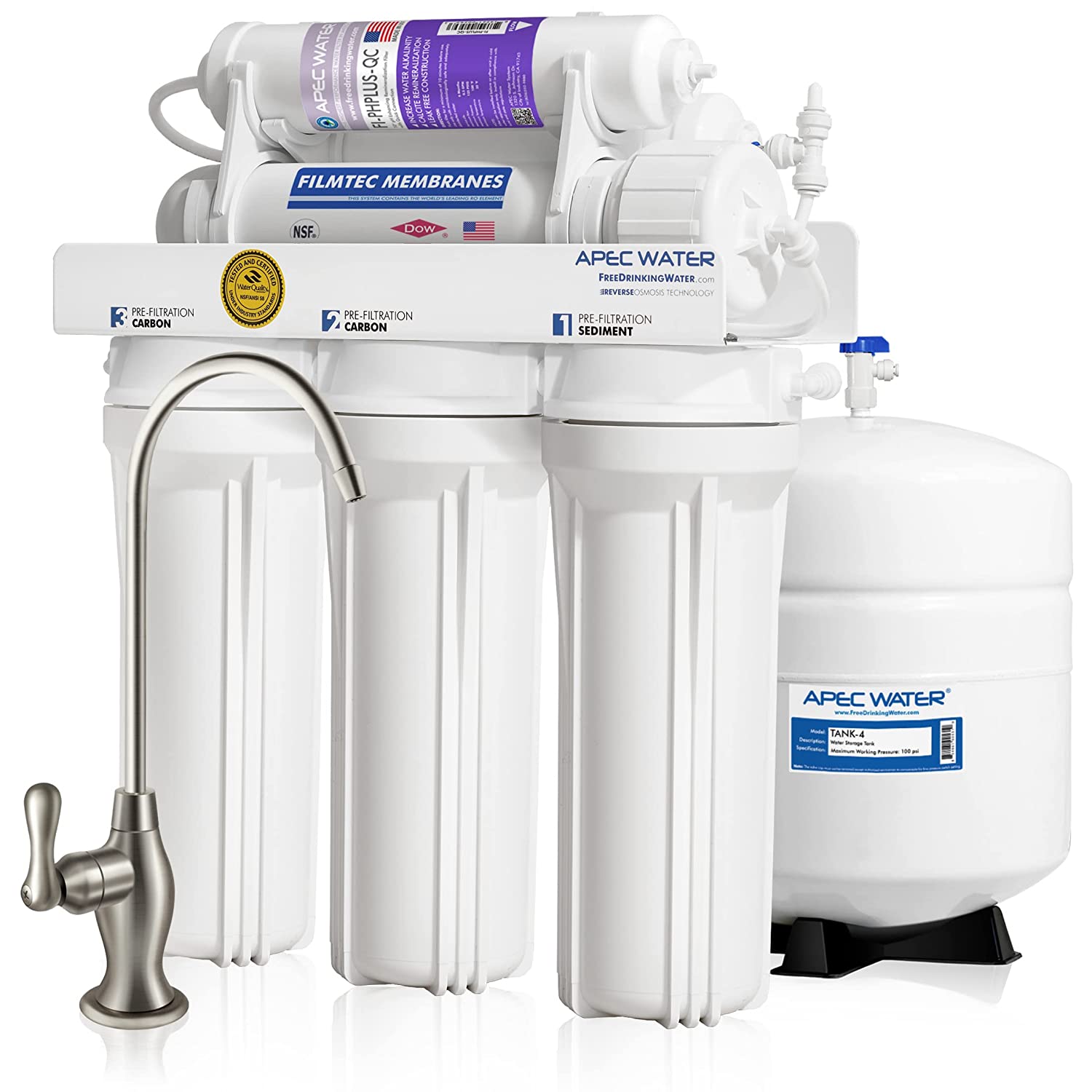
APEC Water Systems Top Tier Supreme Certified Alkaline Mineral pH+ High Flow 90 GPD 6-Stage Ultra Safe Reverse Osmosis Drinking Water Filter System (Ultimate RO-PH90)
Monitoring Water Quality
Invest in a TDS (Total Dissolved Solids) meter to measure the quality of your water. This simple must-have tool for serious orchid growers, a TDS Meter for Water Testing can help you ensure your orchids are getting the best possible care.
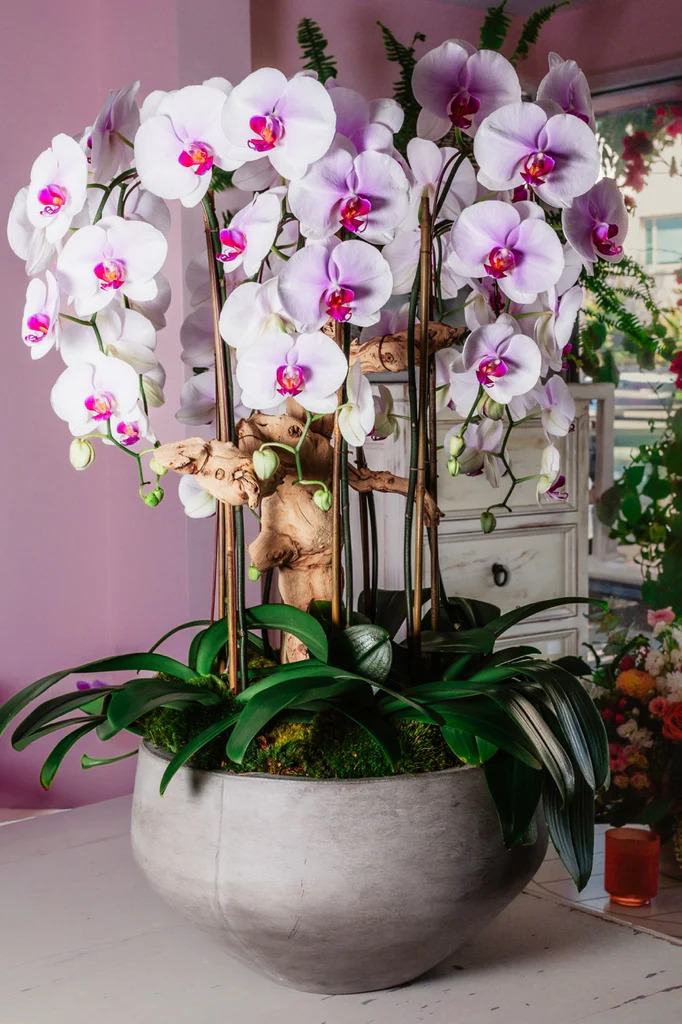
A cascading waterfall of delicate pink phalaenopsis orchids. Their petals, soft as silk and touched with a hint of blush, unfurl gracefully, creating a mesmerizing display of elegance. Check price at Orchid Republic.
Enhancing Your Orchid’s Environment
Creating the right environment goes beyond light, fertilizer, temperature, and water. Here are a few additional tips and products to help your orchids thrive:
Humidity and Airflow
Orchids love humidity, but they also need good airflow to prevent mold and rot. Consider using a humidifier or placing a Tabletop Waterfall Fountain near your orchids to boost humidity levels.

Ambient Music for Plants
Believe it or not, studies suggest that plants, including orchids, may benefit from soothing music. Playing soft, calming music near your orchids can create a relaxing environment for both you and your plants.
A Bluetooth Speaker for Ambient Music setd the mood for your orchids (and yourself!).
Final Thoughts: Patience and Persistence
Getting your orchids to rebloom requires patience and attention to detail, but the results are well worth the effort. By providing the right light, fertilizer, temperature, and water—and enhancing their environment with the right products—you can enjoy stunning blooms year after year.
Healthy, Blooming Orchids Made Easy! Subscribe & Learn How!
